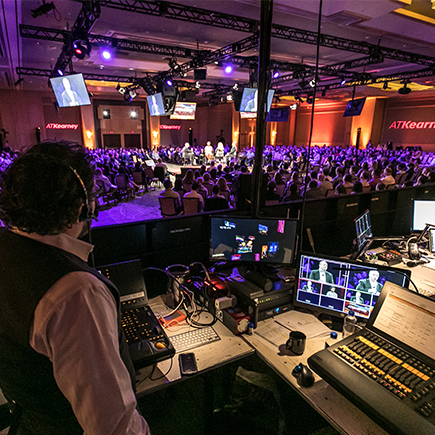Highlighting the Influence of Illumination Methods on the Art of Film Projections Mapping
Highlighting the Influence of Illumination Methods on the Art of Film Projections Mapping
Blog Article
Video mapping projection is an exciting creative form that merges technology and innovation to transform common surfaces into remarkable visual exhibits. This technique entails projecting graphics and videos onto 3D objects, such as structures, artworks, or platforms. One of the most crucial factors in producing successful mapping is the use of efficient lighting methods. Proper lighting enhances the aesthetic elements of the display and ensures that the visuals are clear and captivating. This article examines the influence of lighting methods on video mapping and how they can elevate the complete experience.
Illumination plays a vital role in video projection because it establishes the atmosphere and feel of the display. Different lighting techniques can evoke various emotions and responses from the viewers. For example, using gentle, cozy illumination can create a inviting atmosphere, while bright, cool lights may produce a more energetic or dramatic effect. By thoughtfully selecting light colors and intensities, creators can influence how audience perceive the displayed visuals, leading to a more engaging encounter. The equilibrium between projection brightness and ambient light is essential, as it can significantly affect the clarity and effect of the images.
In addition to, hue and brightness, the direction of illumination also affects the efficacy of projection. Lighting from different angles can create shadows and highlights that introduce dimension to the mapped images. This method, known as light and shadow, can improve the 3D quality of the objects being mapped. Furthermore, using moving lights can introduce energy to the exhibit, making the experience more involving for the viewers. When the light collides with the mapped images, it can produce an effect of motion and transformation, view grabbing the viewers' attention.
Another essential aspect of lighting in projection is the use of unique effects. Methods such as patterned illumination, which employs patterns and shapes to project light, can introduce depth and intricacy to the projections. This method enables creators to superimpose visuals and produce visually captivating results that enhance the projection. Additionally, incorporating laser lights or light-emitting diode illumination can additionally enhance the exhibit, offering a unique blend of visual elements that attract the audience in. These special effects, when used thoughtfully, can elevate the projection into a basic show to an engaging piece of check this link right here creativity.
In conclusion, the influence of illumination methods on motion mapping is profound. By comprehending how various lighting components connect with projected visuals, creators can produce enthralling encounters that resonate with viewers. The careful selection of color, brightness, direction, and unique features allows for a vivid tapestry of visual storytelling. As technology advances to evolve, the possibilities for creative showcasing in projection will only grow, making lighting an ever-important aspect in this progressive creative medium.